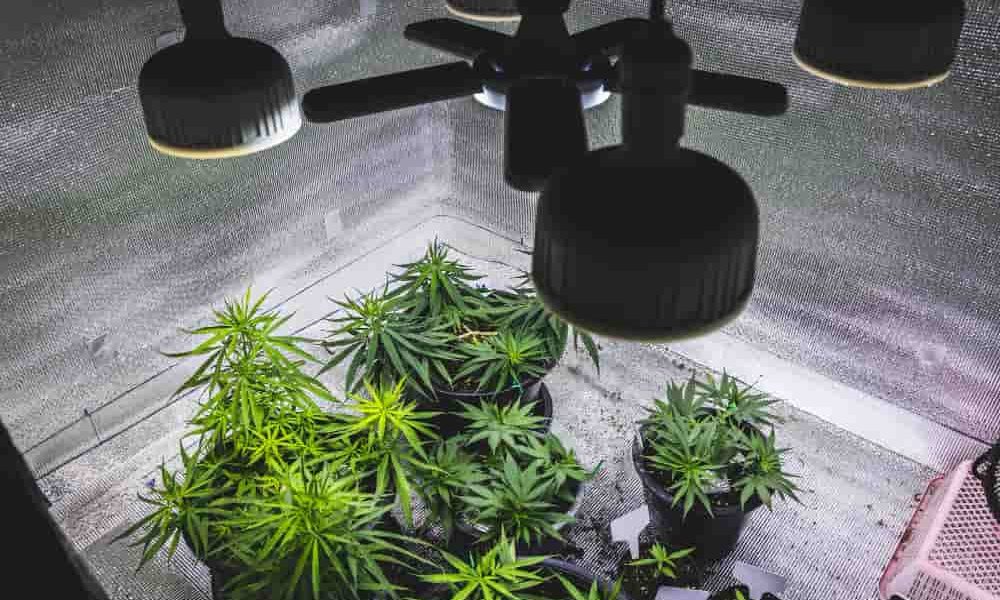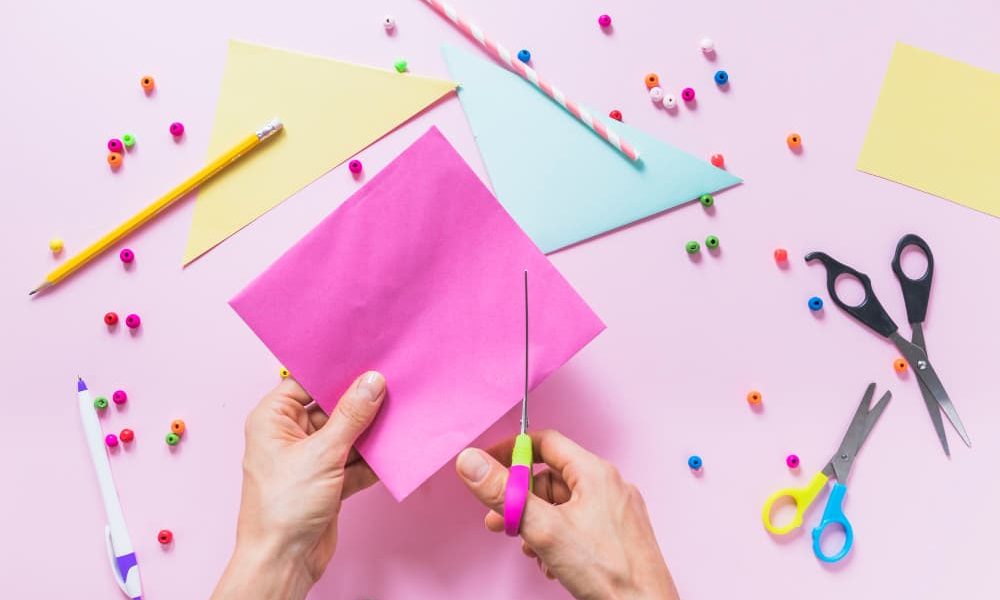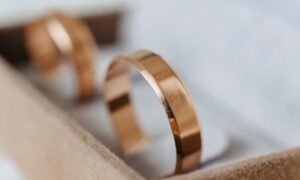
If you have bought something or been given a valuable object and you have no idea how to know if it is silver, this guide will allow you to easily recognize this metal.
Silver is a precious metal that is used since ancient times in jewelry making, kitchen utensils, decorations and art objects. However, due to its high cost, it is common to find imitations on the market.
Here we will present a series of effective and safe methods on how to know if an object is really silver.
Visual and Tactile Observation: Discovering Silver at Simple Sight
Silver Marks: A Hidden Clue in Every Piece
Genuine silver pieces often have distinctive hallmarks or marks, as well known as “contrast marks” or punch marks. These marks are small impressions and often difficult to detect with the naked eye, but they are crucial in authenticating silver.
They normally indicate the purity of the silver, with 925 (Sterling Silver) being one of the most common. This figure means that the piece is 92.5% silver and 7.5% other metals, which is standard in silver jewelry.
Additionally, the mark may include details about the manufacturer, country of origin, and production date. Each country has its own marking system, so recognizing the marks may require some research.
However, it must be taken into account that some counterfeits can replicate these brands, Therefore, its presence does not guarantee that the piece is authentic. This is why it is advisable to perform more than one type of test to confirm the authenticity of the piece.
Magnet Test: A Quick and Easy Test
Although not 100% definitive, the magnet test is a quick and easy way to filter out counterfeits. Real silver, like other precious metals, is not magnetic. If you bring a strong magnet close to it, like a neodymium magnet, to your object and it sticks, it’s probably not silver.
To test, simply bring the magnet closer to the object. If you feel the object being drawn to the magnet, even slightly, the object is probably not silver. However, lack of magnetic attraction does not guarantee that the object is silversince other non-magnetic metals can be used in counterfeits.
Chemical Testing: When Science Meets Metals
Nitric Acid Test: The Acid That Reveals the Truth
The nitric acid test is a fairly reliable home test, but must be performed very carefully due to the corrosive and dangerous nature of nitric acid. For this method, you will need to put a small trace of acid on the object. Genuine silver will not react or display a creamy color, but other metals will produce a variety of colors.
If the object turns green, it is indicative that it is silver plated on a copper base. If the color turns pink, it is probably copper. If it turns blue, it indicates that the piece is nickel. It is important to note that this method can damage the piece, Therefore, it is recommended to do it in a discreet area.
Scratch Test: A Small Scratch Can Say a Lot
Another variant of the nitric acid test is the scratch test. This method consists of making a small scratch on the object and add a few drops of nitric acid to the scratch. Again, this test can damage the object, so it must be done in a non-visible area.
If the liquid turns a light green color, the item is real silver. If it turns dark green, it is silver plated on copper. It’s important to remember that nitric acid is dangerous and should be handled with care, in a well-ventilated place and preferably with gloves and safety glasses.
Using Experts and Technology: When You Need an Expert Hand
Expert Evaluation: A Professional Opinion Can Be Invaluable
If you still have doubts about a valuable item, you can always seek the opinion of an expert. Professional jewelers and antique appraisers have the tools, knowledge and experience to determine if an object is silver. Besides, They can provide a detailed evaluation of the piece and its value.
Some experts use techniques such as x-ray spectroscopy to determine the composition of metals without damaging the piece. Although this service may have a cost, it may be worth it. for pieces of high value or with sentimental value.
Spectrographic Testing: When Advanced Technology Comes into Play
Spectrographic testing is a high-tech method that uses mass spectroscopy to determine the composition of metals. This technique It is based on the analysis of how different elements absorb and emit light.
In the hands of an expert, these tests are highly accurate and can determine not only whether a piece is silver, but also the exact percentage of silver and other metals in the alloy. However, these tests can be expensive and require specialized equipment, so they are generally reserved for high-value pieces or in cases where other tests are inconclusive.
Conclusion
Knowing if a piece is real silver can take a bit of thinking. skill and knowledgeand in some cases the assistance of an expert.
From hallmarks to acid tests, there are several ways to determine the authenticity of silver. It is important to remember that these tests can damage the piece, so you should always proceed with care, especially with valuables or antiques.







